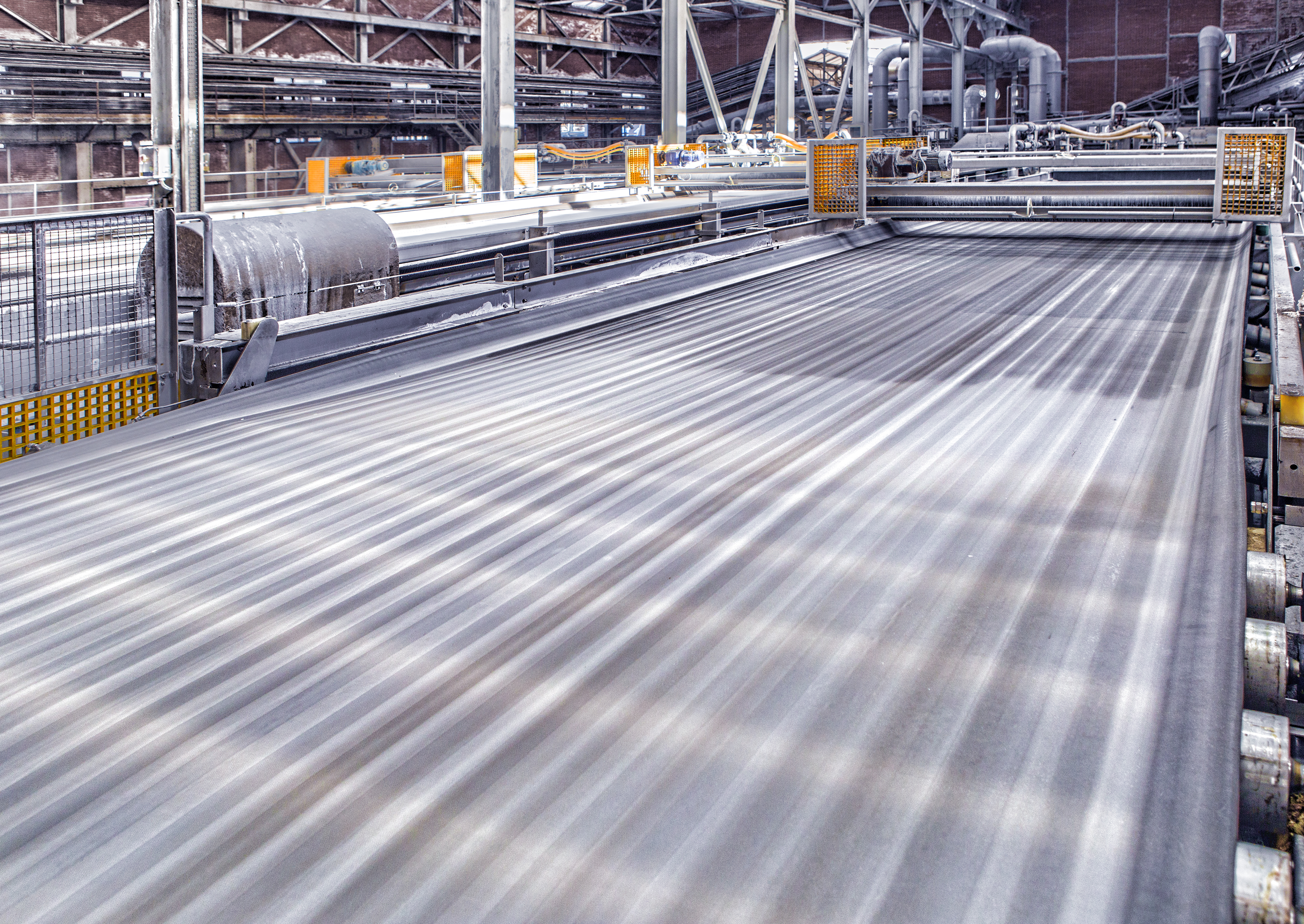Enhancing Biogas Production with Bicar®: Stabilizing pH for Improved Efficiency and Output
How Biogas Production Works:
Biogas is produced by fermenting organic waste like cow dung or plant residues. This creates energy that can be used on farms, converted into electricity, or sent to the gas network.
Optimizing with Bicar®:
Bicar® stabilizes the digester's pH, improving biogas production and preventing acidosis.
Key Benefits of Bicar®:
- Stabilizes biological processes by preventing acid buildup.
- Reduces sediment and foam formation.
- Increases daily biogas production by 1.8%.
Lime vs Bicar® for biogas production
| Lime | Bicar® |
| Slightly soluble in water, resulting in deposits and clogging of the system. | Good water solubility, no formation of sediment layers |
| Difficult to make an accurate dosage, resulting in a high risk to the biological system in case of overdose. | Very good performance of the biological process due to controlled buffering |
| Very early inhibition of the biological system by calcium. | Inhibition by sodium alone between 6 and 30 g/litre, in suitable systems even up to 60 g/l. |
| No increase in buffer capacity thanks to HCO3. | Increased buffer capacity due to HCO3 and increased pH value => higher yield and better biogas quality. |
| Abrupt change in pH: extremely harmful to the microbial biological process (when quicklime or slaked lime is used). | Reduced foam formation during the biogas production process. |
| Lime being a more dangerous product, it is necessary to wear protective gloves and to pay attention to the legislation on chemicals . | Natural buffer based on sodium bicarbonate, easy handling and dosage. |
Dosage Recommendations for Bicar® Biogas
Signs of acidosis*** in a biogas plant include pH dropping below 6.8-7.0, buffering capacity below 100-150 mmol/L, or a FOS**/TAC* ratio above 0.7.
To treat acidosis:
- Add 5-10 tons of Bicar® for plants using liquid manure.
- Add 8-20 tons for plants using energy crops.
When switching substrates***, pH may drop below 7.0-7.2, and FOS**/TAC* may rise above 0.7. Add Bicar® 3 days before to 3 days after the change:
Add Bicar® Biogas 3 days before to 3 days after the change as follows:
- 5-10 tons for liquid manure plants (split over 6 days).
- 5-15 tons for energy crop plants (split over 6 days).
Adding Bicar® Biogas allows the performance of the biogas plant to be improved.
The quantities required*** depend on the retention time and the type of substrate:
- For a facility fed with 100% corn, add 100 kg Bicar® Biogas per day,
- For a facility fed with 70% maize and 30% liquid manure, add 50 kg Bicar® Biogas per day,
Generally, allow 1.5 T (one 25 kg bag per day for 60 days) to 7.5 T for the duration of the retention time (40 to 60 days).
* The TAC, or complete alkalinity titration, defines the buffering capacity of the environment. The lower the TAC, the less the ecosystem is able to buffer a drop in pH.
** The VOA value (standing for volatile organic acids, or FOS in German) represents the concentration of organic acids in the environment.
*** The recommended doses of Bicar® for biogas production are based on empirical observations of a biogas plant measuring 2500 m3, and for a retention time of 40 to 60 days. The use of Bicar® is the sole responsibility of the user. For further information, or for recommendations tailored to your facility, you can contact one of our experts in biogas.
